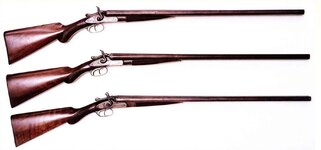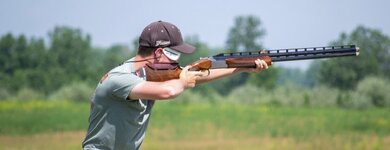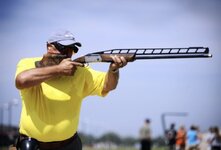jimh406
WKR
Feel free to believe all animals regardless of size or body type are just the same. All of the people who say something different could all be wrong.
Most of us, are dealing with a small sample size. I don't personally have a large sample size or any sample of actually shooting a charging Grizzly, but I'm going with practical experience vs theory if the animal might kill me. YMMV.
Most of us, are dealing with a small sample size. I don't personally have a large sample size or any sample of actually shooting a charging Grizzly, but I'm going with practical experience vs theory if the animal might kill me. YMMV.






